Protoplasm refers to the substance of which a cell is made and includes all parts of the cell, It is considered to be a living substance since it metabolizes and self perpetuates, the deutoplasm is used to describe the substances formed by the nonliving substances of protoplasm which are incapable of growth and multiplication.
Purkinje : (1839): Coined the term protoplasm.
Huxley: Called protoplasm as ‘Physical Basis of Life’ Protoplasm protoplasm is differentiated into two substances – cytoplasm and nucleoplasm.
Max Schultze( 1861) : Proposed protoplasmic theory.
Protoplasmic theory: State that the living matter of organisms is protoplasm, not a cell. Read More : cell
Various theories about the nature of protoplasm are –
- Granular theory – Altman
- Colloidal theory – Fischer (Best one and most Accepted)
- Sol-gel theory – Hyman

Protoplasm Fig-
Properties of Protoplasm: Physical Properties:
It is a transparent and jelly-like material, the consistency varying from the more liquid, slightly gelatinous white of a fresh egg to that of semi- solidified gelatin of jelly. Protoplasm constitutes more than 95% weight of the body of organisms.
Chemical Properties:
The Chemical properties of protoplasm can be divided into inorganic and organic substances.
Inorganic Substances: Inorganic substances are water, which makes up 90% of protoplasm, mineral salts, such as NaCl, salt, and gases like Oxygen and Carbon dioxide.
Organic Substances – Organic substances include proteins (9%) Carbohydrates (2%), Lipid (2%), nucleic acids (0.4% DNA, 0.7% RNA) and enzymes.
The function of the protoplasm: Reproduction: Cells divide to form identical daughter cells; function of the nucleus of the protoplasm e.g the meristematic region of angiosperms.
Irritability: The living protoplasm responds to stimuli, eg. Retinal cells in the eye respond to light.
Chemical: All these functions are carried out inside the cell. e.g .respiration in the mitochondria. Exertion- Cells must get rid of excretory wastes; they usually diffuse out of the cell through the cell membrane.
Movement- Movement is exhibited by certain cells, e.g. unicellular cells; the protoplasm of these cells has the contractile ability.
Growth – Growth follows on cell division; there is an assimilation of protoplasm and an increase in size.
Unicellular and multicellular organisms:
Unicellular organisms were the first to evolve on earth. Due o the absence of division f labour and direct exposure to the external environment, unicellular organisms led independent life with no dependence on others for any function, material or information.
Whereas cells of a multicellular organism are undifferentiated (stem cells). Differentiated (post-mitotic cells) and dedifferentiated, they independently carry out fundamental life processes. And are also specialized for additional functions such as secretions, supports, protection etc. This specialization leads to the division of labour among the cells of multicellular organisms. The cells are dependent on one another for their additional activate. Which are integrated for the overall benefit and survival of the organisms.
Surface to volume ratio :
The hormone-receptor complex may change the membrane permeability facilitating the passage of materials into the cell. The hormones receptor complex may alternatively induce the formation of a secondary messenger which in turn may activities an enzyme system already present in the cell.Metabolically active cells are smaller due to the higher nucleocytoplasmic ratio and higher surface volume ratio. The higher value of the nucleocytoplasmic ratio is to allow the nucleus to have better control) of metabolic activities. The high value of surface to volume ratio enables the quicker exchange of materials between the cell and its outside environment. Surface to volume ratio decrease with the increase in cell size or volume. Larger cells tend to become less efficient.
Types of Cells : types-of-cell Basically cells are of two types on the basis of the organization of DNA (nucleus) organization of biomembranes and a variety of cytoplasmic organelles. These are prokaryotic and eukaryotic. Prokaryotic cells (Pleuropneumonia like organisms) Whereas the other organisms except the above three are included in eukaryotic cells. types-of-cell
Conclusion: This article will help to understand Protoplasm, which refers to the substance of which a cell is made and includes all parts of the cell, It is considered to be a living substance since it metabolizes and self perpetuates, the deutoplasm is used to describe the substances formed by the nonliving substances of protoplasm which are incapable of growth and multiplication.
Read More 👉🏻 cell
Read More 👉🏻 types-of-cel
Read More 👉🏻 gravitation
Read More 👉🏻 protoplasm



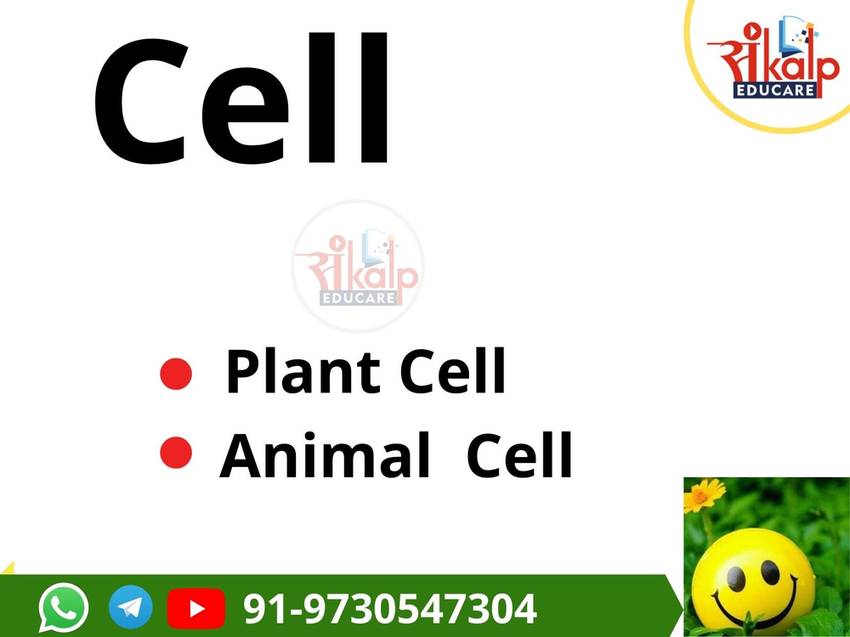

 Total Users : 8538
Total Users : 8538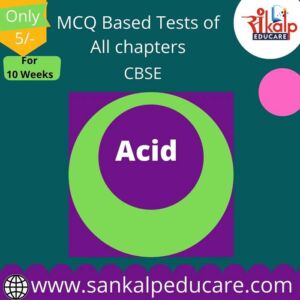

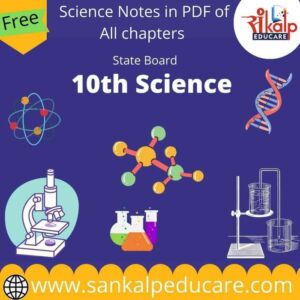






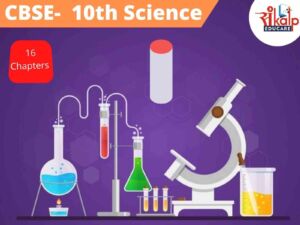





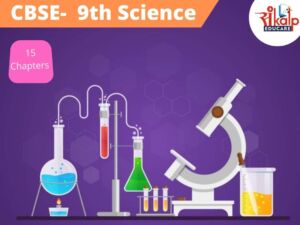


Leave A Comment
You must be logged in to post a comment.